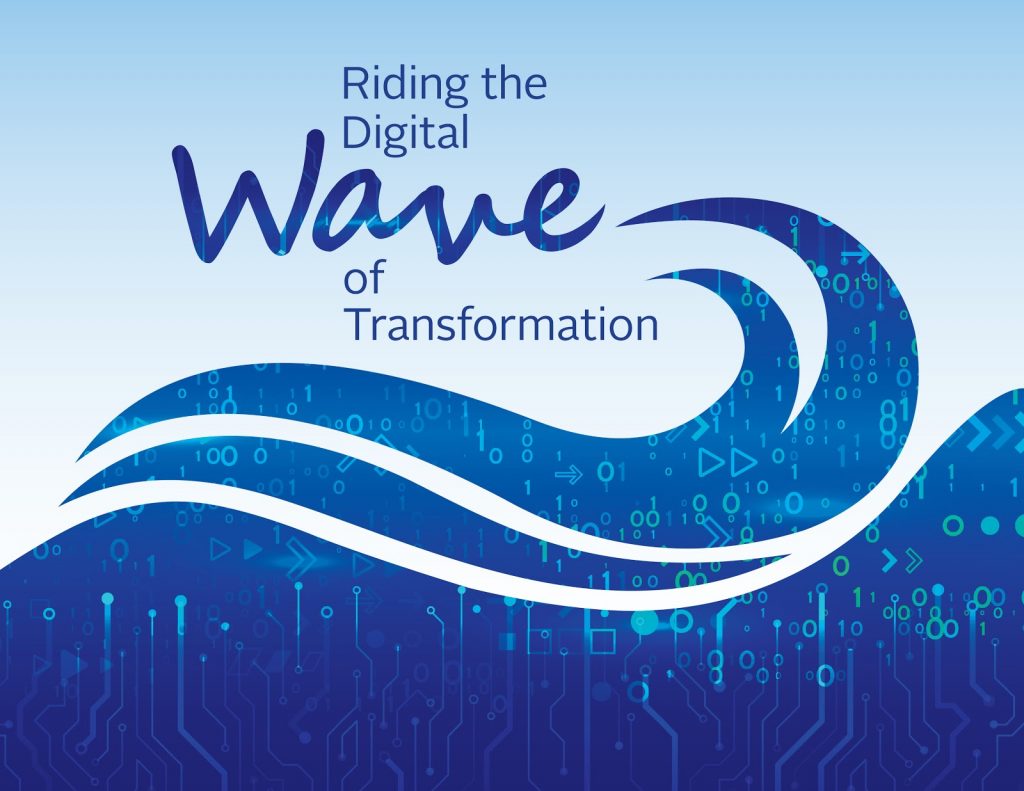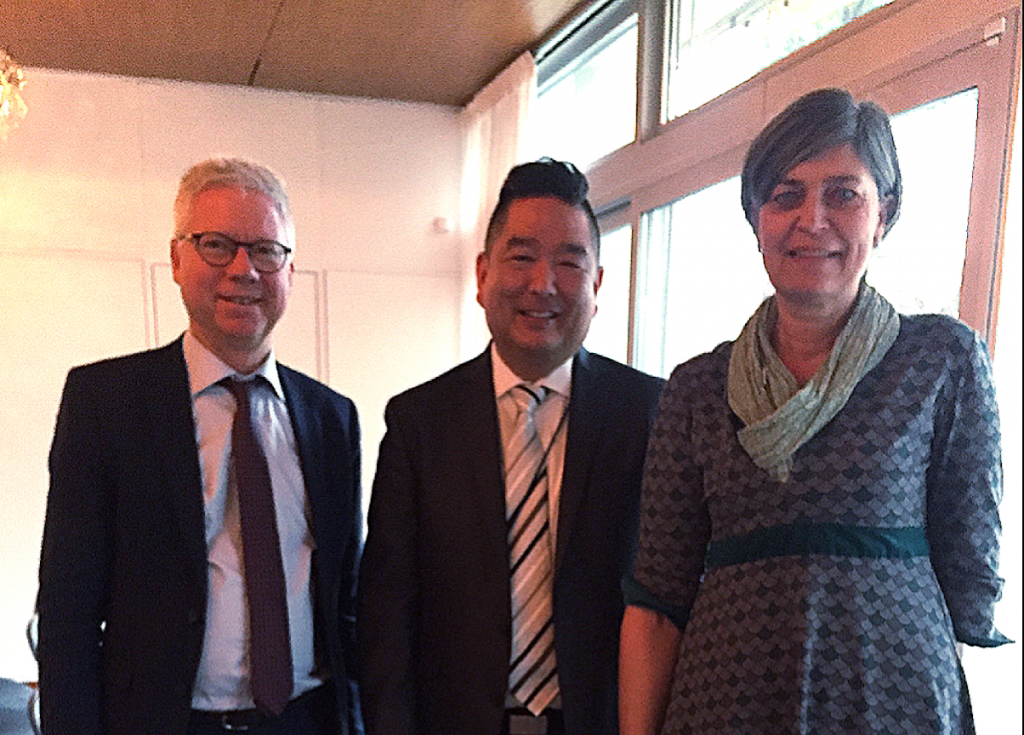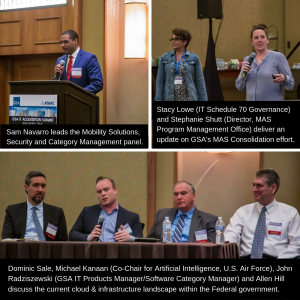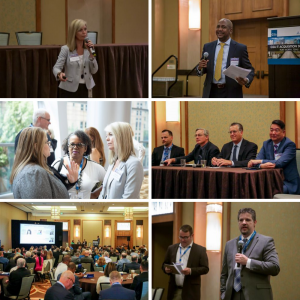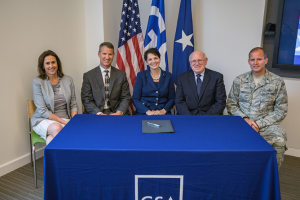On December 31, 2020, GSA released the Draft Request For Proposal (RFP) for comment for our next generation small business GWAC, Polaris. With the creation of Polaris, GSA will build on the success of the now-expired Alliant Small Business GWAC by providing additional opportunities for small businesses, including but not limited to, HUBZone and woman-owned small business (WOSB) firms. We couldn’t be more proud of our team for putting this together, and we’re looking forward to your feedback.
WOSBs are Key Contributors
As we indicated in the draft RFP, GSA is considering socioeconomic pools to include WOSBs to maximize competition within the Information Technology Category. It’s very important to GSA that WOSBs are included in our contracts as they are key contributors to the government marketplace. It’s vital that the government have access to a robust pool of SBA certified WOSBs to ensure access to as broad of an industrial base as possible.
GSA is encouraging WOSBs to respond to the draft RFP to help ensure the following:
- there is a sufficient pool of WOSBs that are SBA certified
- to meet the annual federal goal of 5 percent of all federal contract dollars spent being awarded to WOSBs
- to help increase competition in the IT emerging technologies and innovations space.
You’re a WOSB, Why Get Involved?
In FY20, the federal government invested more than $87 billion in IT, with approximately $47 billion allocated to IT services. Federal agencies awarded $15.6 billion in IT services to small businesses, with more than $5 billion awarded through IT Category contracts. Every day, small businesses are making a huge impact in helping agencies achieve their missions.
SBA WOSB Certification
As of July 15, 2020, The U.S. Small Business Administration (SBA) implemented Congress’ changes to the WOSB Federal Contracting Program, as outlined in the 2015 National Defense Authorization Act (NDAA).
We’re encouraging WOSBs to work with the SBA, which implements and administers the WOSB Federal Contracting Program, in order to understand and navigate the certification process to ensure the right certifications are in place.
- Before firms can compete for WOSB Federal Contracting Program set-aside (including Polaris) contracts, they must apply for certification through the new process on beta.certify.sba.gov
- For more information about the new application process, please review the following fact sheet.
- Additionally, beta.Certify Knowledge Base is a valuable resource for firms to get started learning about this new platform with how-to videos, user guides.
WOSBs, Helping Light the Way
We couldn’t be more excited about the future of our small business GWAC program and Polaris is going to help light the way. To be truly successful, we need your help in getting WOSBs certified.
To follow the Polaris conversation subscribe to the GSA Interact page: Small Business GWAC Community of Interest. Also, please follow us on Twitter @GSA_ITC and LinkedIn to join our ongoing conversations about government IT.
To get updates for this blog, please sign up on the right-hand side of the page where it says Sign up for Blog Updates.
